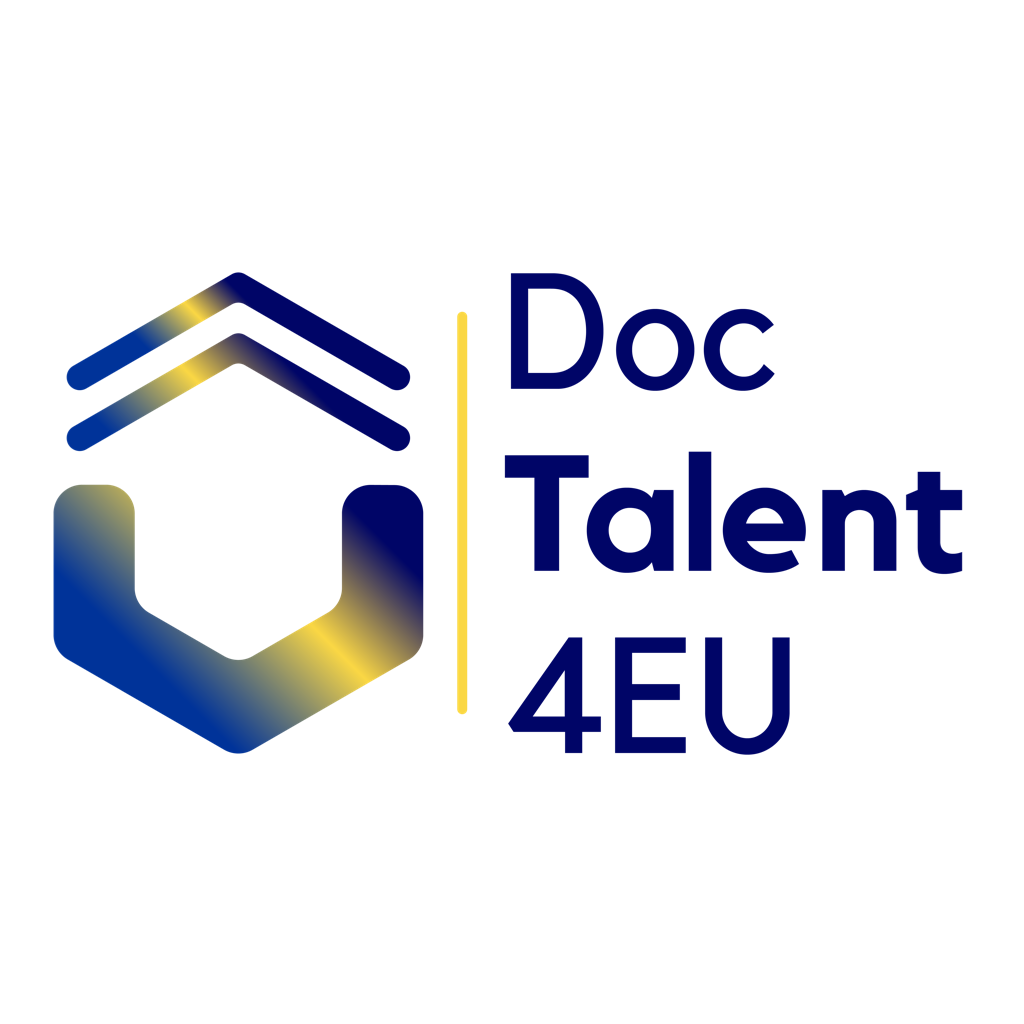Increasing interest in digital credentials and their implementation is evident among higher education professionals. Over the past few years, the DocTalent4EU consortium has been dedicated to establishing a unified system to recognise the transferable skills and competencies that PhD candidates develop during their doctoral programs through digitally-signed credentials. Not only have the DocTalent4EU digital credentials been successfully developed, but they are also being piloted among project partners.
How was the process of setting up these digital credentials? What were the biggest challenges and struggles? What is the most significant added value of the DocTalent4EU digital credentials? To answer these questions, we interviewed João Pedro Pêgo, head of the Teaching and Learning Lab at the Faculty of Engineering at the University of Porto. He has been leading the development of the DocTalent4EU credentials to enhance the visibility of the transversal skills acquired by doctoral candidates under Work Package 3 of the DocTalent4EU project.
Q: Walk us through the process of developing the DocTalent4EU digital credentials. What technology is used to issue, store, and verify digital credentials within the DocTalent4EU project?
JPP: We are using European Digital Credentials for Learning (EDC) for the courses that have been created under Work Package 2. EDCs are developed by the European Commission Directorate-General for Employment, Social Affairs and Inclusion and follow the European Learning Model. EDCs are very easy to create using the online credential builder and include parameters to describe almost all training opportunities that European Higher Education Institutions offer. EDCs are stored in a wallet owned by the recipient, which in our case are the doctoral candidates. The veracity and validity of EDCs are ensured through the use of an electronic seal (eSeal), which can only be issued to institutional legal entities. It is very similar to the certificate of a digital signature.
Q: What have been the biggest challenges in developing and implementing these digital credentials? How did you overcome them?
JPP: At first, we had to familiarise ourselves with the process of creating digital credentials, as none of the consortium partners had significant experience with it. Early in the project, it became clear that acquiring the eSeal would be the bottleneck of the whole process. So, we urged all partners to engage with their administration to gain support for purchasing the eSeal. We were mostly successful, but, in one or two cases there was not enough support to proceed with buying the eSeal.
Q: How easy/difficult was it for you to convince decision-makers within your institution to endorse the DocTalent4EU digital credentials? Were there any specific concerns or reservations from stakeholders about adopting digital credentials, and how were these addressed?
JPP: I presented the project to our Rectoral team and the Faculty Executive Board early in the project. The response was very positive, and I am thankful for their support. Since DocTalent4EU aims to be a pilot in using EDCs, I was requested to limit the issuance of digital credentials to the scope of the project and to courses that have been officially accredited by my faculty. We are also limited to issuing EDCs to students who successfully completed the DocTalent4EU training at the University of Porto.
Q: The University of Porto already started piloting these credentials, issuing them to PhD candidates who completed one of the courses and also to candidates who took part in the Summer School in Limerick, last May. Can you walk us through the process of how a PhD candidate receives and uses a digital credential?
JPP: The digital credentials are issued through the EDCI issuer’s online credential builder. The recipient of the digital credential will receive two emails with the EDC. If the email address provided by the recipient is associated with their Europass account, the EDC will automatically be incorporated in the Europass library. There, they easily share the digital credential, defining who will be able to see it and for how long. The sharable EDC is a PDF file with the front page describing the completed training and a second page attesting the validity of the credential. It also includes a link and QR code to the EDCI viewer where the details of the credential can be accessed.
Q: What is in your opinion the added value of digital credentials for the future? What is the added value of the DocTalent4EU digital credentials?
JPP: Digital credentials and digital badges are a way of highlighting a person’s skills, for example, when applying for a new job. They are digital versions of paper certificates with the added advantage of being easier to share and simultaneously compact and comprehensive. What I mean is that users can publicise their skills online by using a QR code that will bring the viewer to the place where the digital credentials are fully described. Since digital credentials must be digitally signed, it is very easy to prove their authenticity, particularly which institution issued the credential. This is very important for building trust between the issuer, the receiver, and the viewer of the digital credential. For the doctoral candidates who receive the DocTalent4EU digital credentials, this will be an efficient and modern means to enhance the visibility of their transversal skills, which otherwise would just be a self-documented line in the CV or the Diploma Supplement.
Q: How do you think digital credentials can impact the employability of PhD candidates?
JPP: By highlighting their transversal and transferable skills, which are valuable in any working environment, doctoral candidates will be able to promote themselves more efficiently to potential employers. This is the aim of the recognition method we proposed in the DocTalent4EU project.
Q: What advice would you give to other institutions considering the adoption of digital credentials?
JPP: The first step is always the hardest. But the journey is worth it!
Photo by byMALENS

